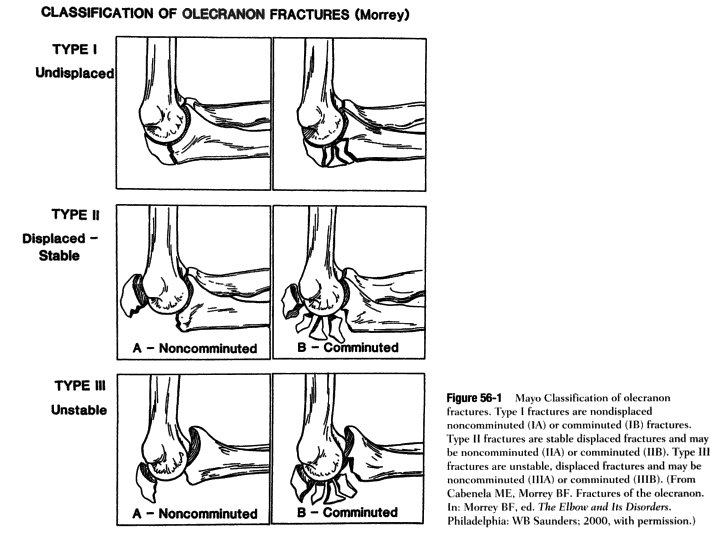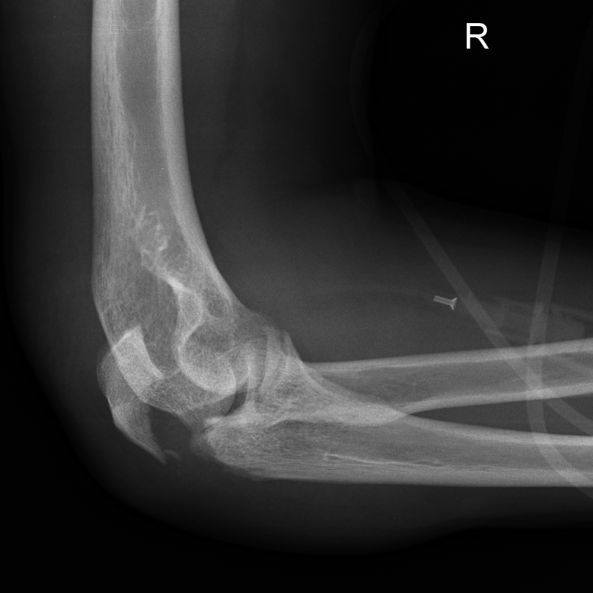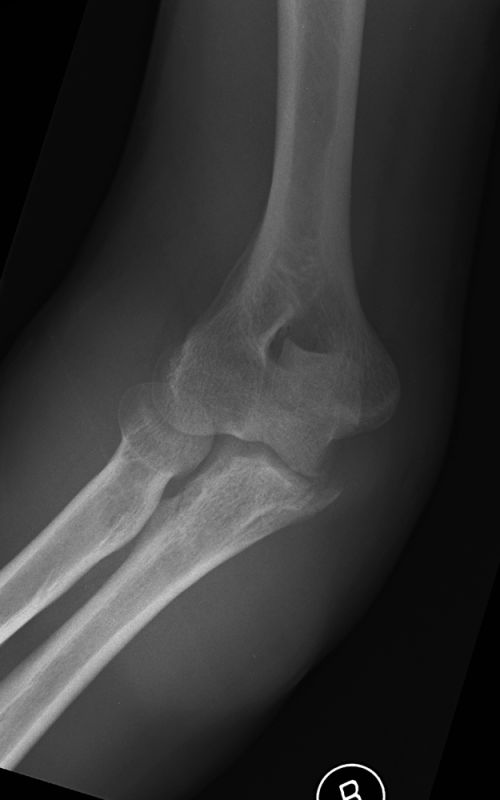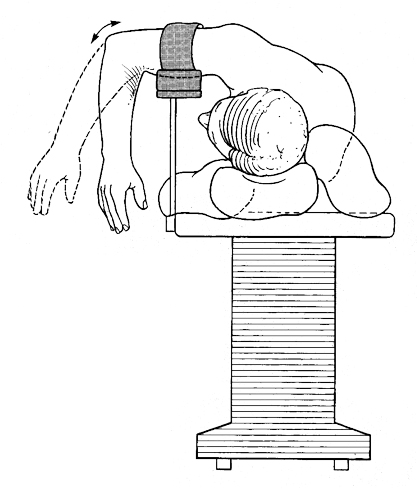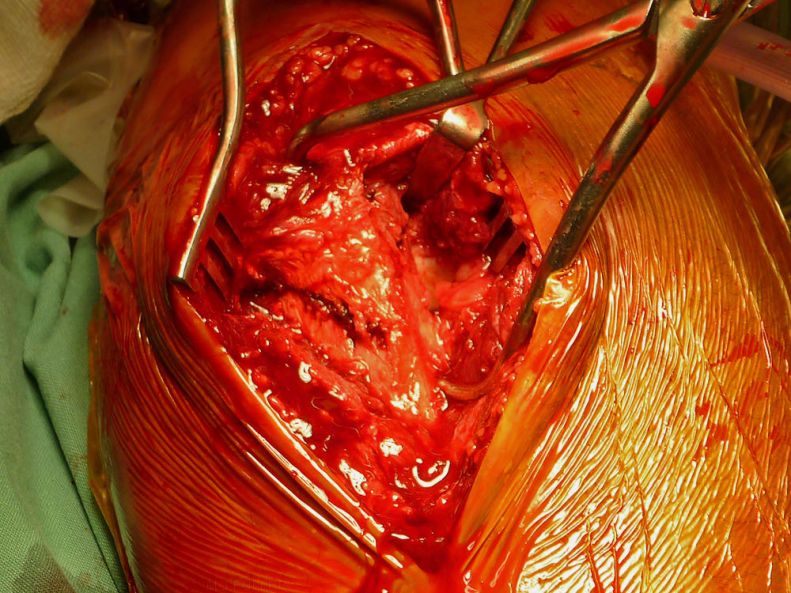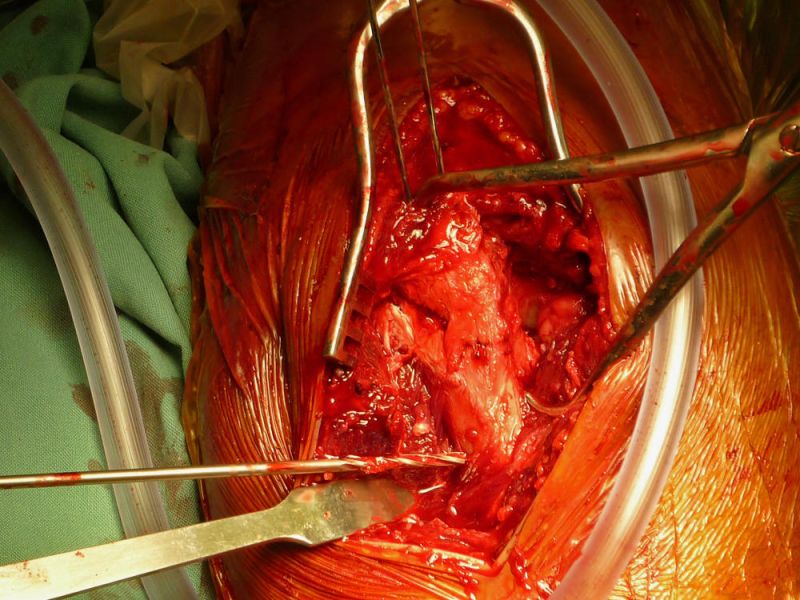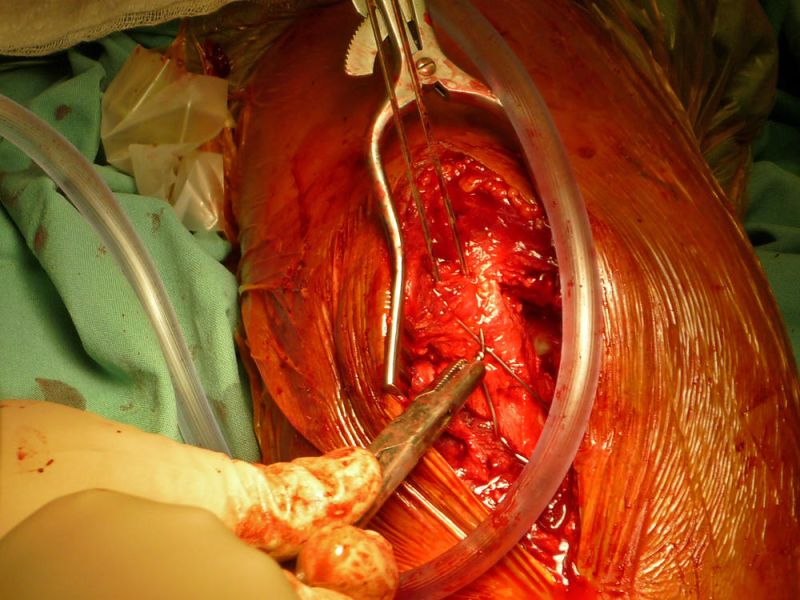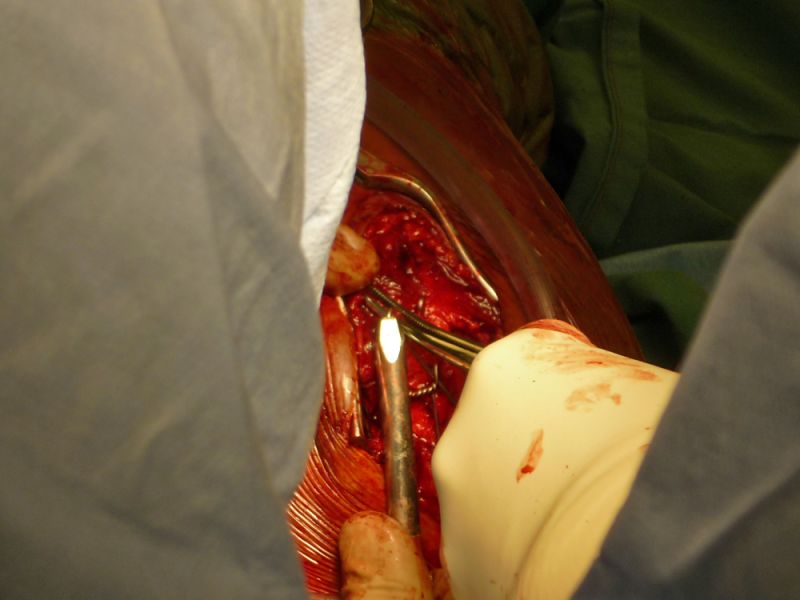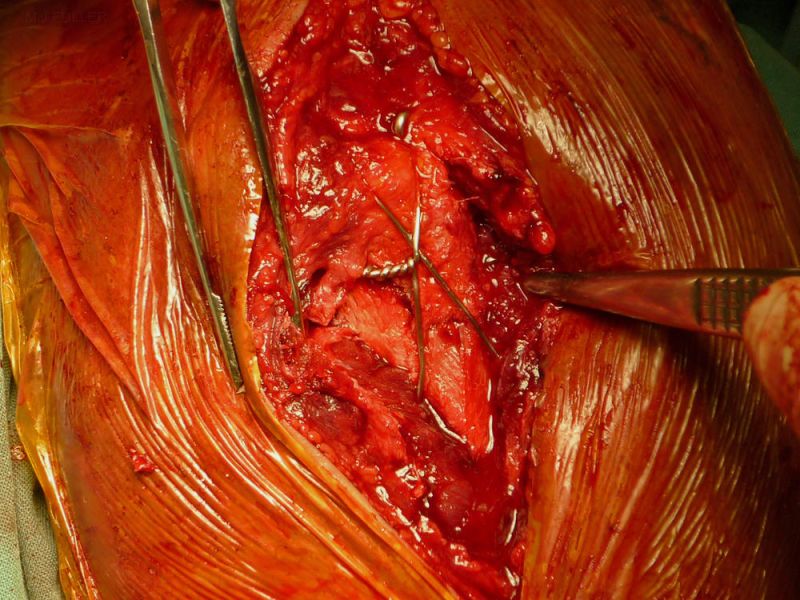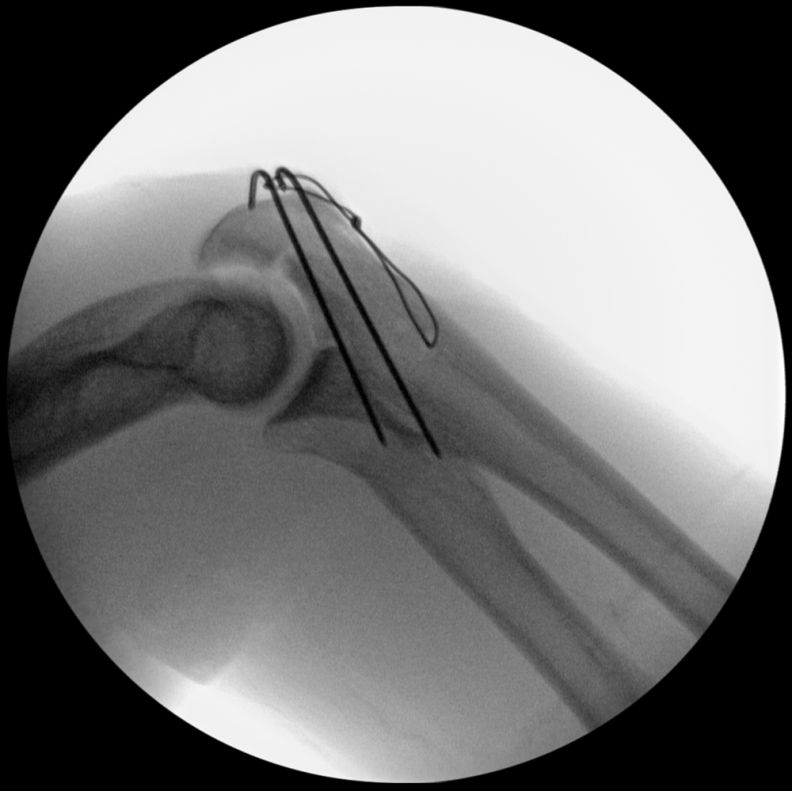Imaging During Olecranon Fracture Tension Band Wiring Surgery
AnatomyGood theatre radiography requires a sound knowledge of the radiographic equipment (mobile image intensifier is commonly used) and the surgical procedure. Radiographers who are familiar with the surgical procedure will require less direction- they are able to anticipate what is required and the operating theatre experience is more likely to be a meaningful professional experience. This page considers the reduction and immobilisation of an olecranon fracture via a case-study.
Fracture Classification
- Stability
- Comminution
- Displacement
Case Study 1
Preop Imaging
Olecranon Tension Band Wiring SurgeryA comminuted fracture of the olecranon is a difficult injury to treat. Since it is intra-articular and the olecranon effectively functions as the fulcrum of the lever arm of the elbow, it is necessary to restore precise anatomical alignment with rigid fixation so that early movement can be encouraged. Although tension-band wiring is the standard technique for fixation, it can be difficult to carry out adequately when there is comminution and bone loss. Under these circumstances the compressive force of the wiring may cause the fragments of bone to collapse displacing the fracture and shortening the ulna. Fixation by a plate, in combination with bone grafting is an alternative method used to maintain reduction of a comminuted fracture after reconstruction of the joint surface. It does not, however, consistently provide enough stability to allow early mobilisation especially when the proximal fragment is small and thin. <a class="external" href="http://www.ayubmed.edu.pk/JAMC/PAST/15-3/shahidsultan.htm" rel="nofollow" target="_blank">(Shahid Sultan, Alam Zeb Khan, Management of Comminuted Fractures of the Olecranon by Tension Band Wiring)</a>
Tension band wiring transforms the distracting forces of the triceps tendon to compression forces on the fracture site.
Patient Position for Tension Band Wiring of the Olecranon
source: <a class="external" href="http://www.ota.org/res_slide/U05_Fx_of_Distal_Humerus.ppt" rel="nofollow" target="_blank">Laura S. Phieffer, MD, Fractures of the Distal Humerus, 2006</a>The patient was anaesthetised in the supine position and then rolled into a left lateral position on the operating table. A pneumatic tourniquet was applied to the left upper arm.
The left lateral position of the patient results in image intensifier technique which is challenging- the image intensifier C-arm must be positioned in a horizontal plane with the tube near the patient's head and the Image Intensifier near the patient's pelvis. If the surgeon wishes to operate with the C-arm in position, he/she will be effectively entrapped by the C-arm. This position can put the surgeon at risk of being de-sterilised by the C-armThe surgeon makes a longitudinal incision over the posterior aspect of the elbow. Full-thickness subcutaneous flaps are elevated. The superficial fascia of the ulna is incised in the midline to expose the fracture. The fracture is reduced with a ratchet towel clip. The surgeon may ask for the image intensifier at this stage to assess whether the fracture is adequately reduced and in particular whether the articular surface of the ulna is congruent.
[banding&hl=en&ei=RoPNS_LBO9GGkAWQlqQD&sa=X&oi=book_result&ct=result&resnum=4&ved=0CEoQ6AEwAw#v=onepage&q=olecranon banding&f=false|][banding&hl=en&ei=RoPNS_LBO9GGkAWQlqQD&sa=X&oi=book_result&ct=result&resnum=4&ved=0CEoQ6AEwAw#v=onepage&q=olecranon banding&f=false|Bennett, J.B. and Mehlhoff, T.L. in Champ L. et al, Operative Treatment of Elbow Injuries, Springer; 1st edition, 2001]Two parallel Steinman pins [K- wires] are driven into the proximal oelcranon fragment across the fracture. The surgeon may wish to check the position of these pins with the image intensifier.
A 2mm drill bit is used to make a bicortical hole in the distal fragment approximately 4cm distal from the fracture.
[banding&hl=en&ei=RoPNS_LBO9GGkAWQlqQD&sa=X&oi=book_result&ct=result&resnum=4&ved=0CEoQ6AEwAw#v=onepage&q=olecranon banding&f=false|Bennett, J.B. and Mehlhoff, T.L. in Champ L. et al, Operative Treatment of Elbow Injuries, Springer; 1st edition, 2001]The surgeon passes a wire through this hole and over the fracture on the posterior aspect of the olecranon. The 18 guage wire is passed under the tricepts tendon and the wire is twisted together to complete the figure-of-eight wire wrap.
[banding&hl=en&ei=RoPNS_LBO9GGkAWQlqQD&sa=X&oi=book_result&ct=result&resnum=4&ved=0CEoQ6AEwAw#v=onepage&q=olecranon banding&f=false|Bennett, J.B. and Mehlhoff, T.L. in Champ L. et al, Operative Treatment of Elbow Injuries, Springer; 1st edition, 2001]The surgeon bends the Steinmann pins to 150 degrees and longitudinallly incises the triceps tendon for each pin. The wires are rotated and advanced to the bone under the triceps tendon with a mallet.
[banding&hl=en&ei=RoPNS_LBO9GGkAWQlqQD&sa=X&oi=book_result&ct=result&resnum=4&ved=0CEoQ6AEwAw#v=onepage&q=olecranon banding&f=false|Bennett, J.B. and Mehlhoff, T.L. in Champ L. et al, Operative Treatment of Elbow Injuries, Springer; 1st edition, 2001]Finished hardware placement prior to close. Lateral elbow projection acquired with the image intensifier during surgery. K-wires and figure-of-eight wire wrap demonstrated.
